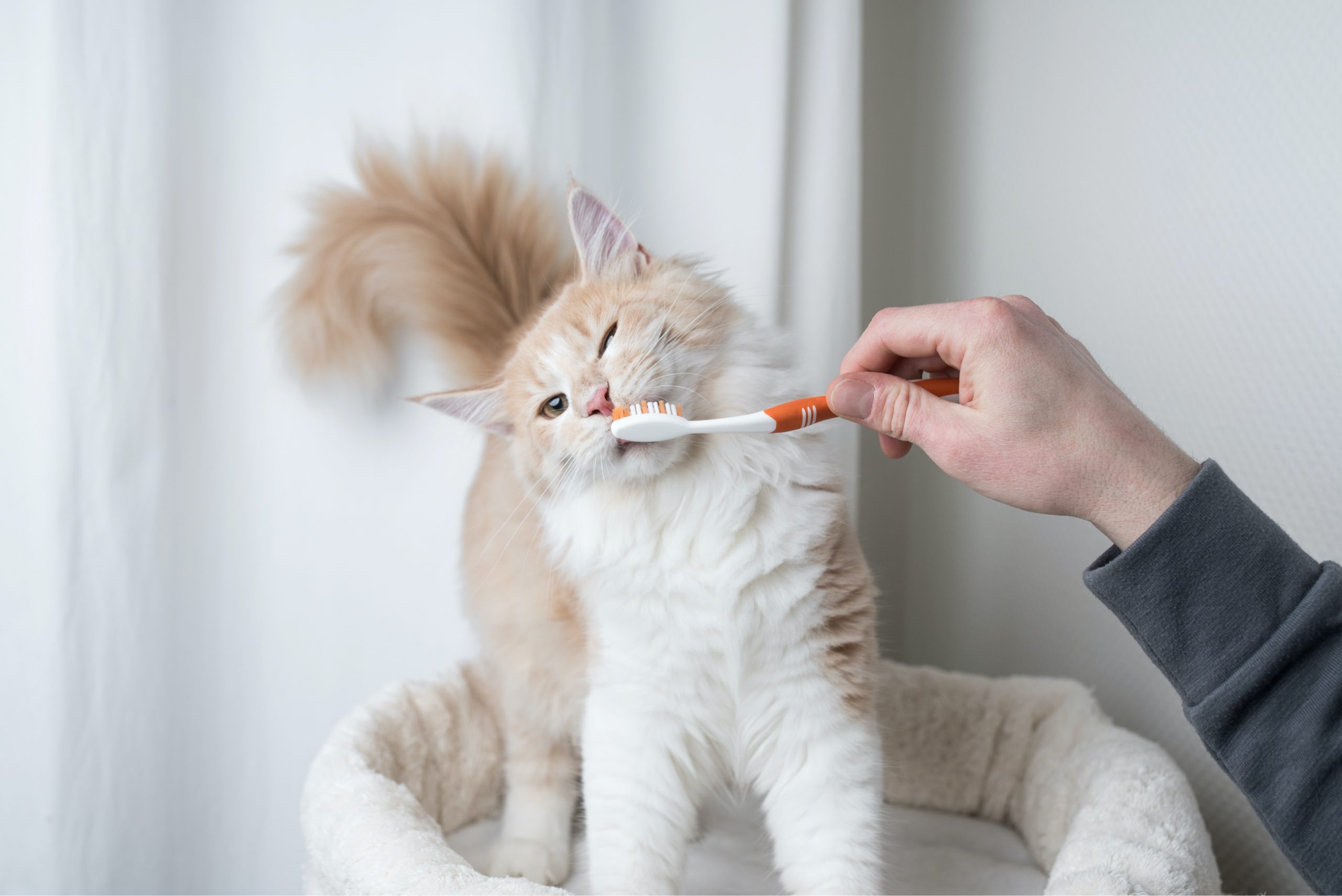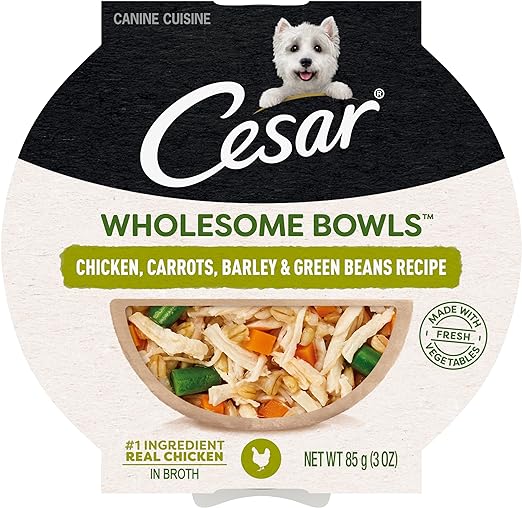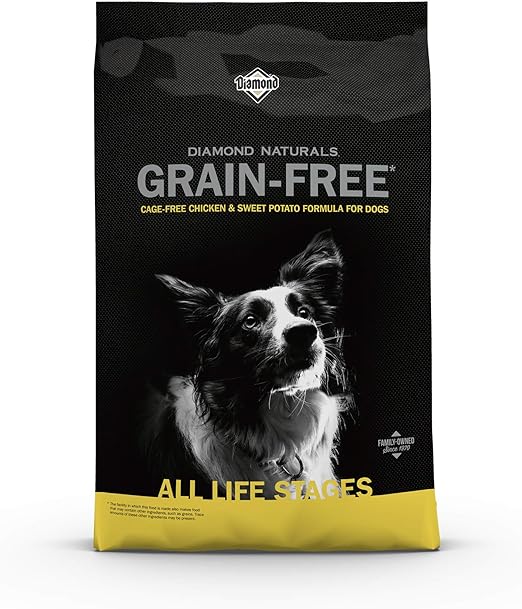Hey there pet parents, listen up! February is Pet Dental Health Month, and it’s time to pay attention to your fur baby’s pearly whites. You know how important brushing and flossing are for your own health, but did you know that dental disease is the number one health issue veterinarians see? As many as 85% of pets over age two suffer from some form of dental disease. Yikes! The good news is, the same good habits you practice for your own dental health also apply to your pets. In this article, we’ll discuss how to keep your pet’s mouth healthy and happy for life.
The Importance of Oral Health for Pets
The health of your pet’s teeth and gums is extremely important to their overall well-being. Neglecting their dental health can lead to a host of problems that significantly impact their quality of life.
Bad Breath Means Bad News
The first sign that something may be amiss in your pet’s mouth is bad breath. Pungent, foul-smelling breath is usually a symptom of dental disease like gingivitis or tooth decay. Gingivitis, which is inflammation of the gums, can lead to loose teeth and bone loss if left untreated. Get your pet checked out by a vet as soon as you notice their breath has changed.
Regular Checkups and Cleanings
The best way to stay on top of your pet’s dental health is through routine veterinary care. Most vets recommend annual dental exams, especially for senior pets or those with a history of dental problems. Your vet will thoroughly inspect your pet’s teeth and gums during the exam to check for any issues. They may also recommend professional dental cleanings, especially if heavy tartar buildup is present. Professional cleanings are very effective at removing built-up plaque and tartar, which can help prevent or minimize future dental problems.
At-Home Care
In addition to vet care, you should implement an at-home dental care regimen for your pet. Brushing their teeth with a pet toothpaste 2-3 times a week is ideal. You can also provide dental chew toys, treats and wipes to help reduce plaque in between brushings. Be very careful to only use products that are specifically formulated for pets, as human products can be toxic to them.
By taking your pet’s dental health seriously and providing routine care, you can help ensure they live a long, happy and pain-free life. Their teeth and gums will thank you for it!
Common Dental Issues in Dogs and Cats
Common Dental Issues in Dogs and Cats
Your pet’s teeth and gums are just as important to monitor as any other part of their body. There are a few common dental problems to watch out for in both dogs and cats.
Tooth Resorption
Tooth resorption is a painful condition where the tooth structure breaks down. It usually starts below the gum line, so you may not notice it at first. The tooth becomes very sensitive, and your pet may show signs of discomfort while eating. Tooth resorption requires extraction of the affected tooth/teeth.
Periodontal Disease
This is inflammation of the gums and tissues surrounding the teeth. It starts with plaque and tartar buildup along the gum line, which can lead to infection if left untreated. You may notice red, swollen gums, bad breath, loose teeth, and pus. Periodontal disease can often be managed with a professional dental cleaning and oral care at home, but in severe cases teeth extractions may be required.
Broken or Fractured Teeth
Teeth can become broken or fractured from trauma, chewing on hard objects, or other dental issues. Broken teeth need to be extracted, as they can be very painful and may become infected.
Oral Tumors
Oral tumors, especially in older pets, need to be checked by your vet. They can often look like a swelling or growth in the gums, roof of mouth, tongue or jaw. Biopsies and treatment like surgery, chemotherapy or radiation may be recommended depending on the tumor type.
The best way to prevent and manage dental disease is through regular veterinary checkups, professional cleanings and at-home care like tooth brushing, dental wipes/rinses and dental chew toys. Keeping your pet’s teeth and gums healthy will help ensure they live a long, happy and pain-free life by your side.
Symptoms of Dental Disease in Pets
Poor dental health in pets often shows itself through noticeable symptoms. As a pet owner, it’s important to regularly check your pet’s mouth for any signs of dental disease so you can address issues early.
Bad Breath
The most obvious sign is foul-smelling breath. While “dog breath” is common, especially in the morning, persistent bad breath can indicate dental problems that require veterinary care.
Discolored or Loose Teeth
Yellow, brown or loose teeth are a clear sign that dental disease is present. As plaque and tartar build up, teeth become discolored and deteriorate. You may notice teeth that are loose or even missing.
Red, Swollen Gums
Inflamed, swollen or bleeding gums indicate gingivitis or periodontal disease. Gums that are red, puffy or pull away from the teeth need treatment. Your pet may paw at their mouth due to discomfort.
Difficulty Eating
You may notice your pet struggling to eat hard food or chew on toys. Dental pain can make eating and chewing painful. Your pet may drop food, only eat soft food or show little interest in food altogether.
Lethargy
Pets in pain or discomfort from dental disease may seem lethargic or less playful. Dental infections can spread and negatively impact your pet’s health and behavior. See your vet right away if your pet’s energy level changes significantly.
The best way to diagnose and treat dental disease in pets is through regular veterinary exams and professional dental cleanings. Early detection and treatment helps pets live comfortably and avoid complications from infections. Watch for symptoms at home, but don’t delay in contacting your vet if you notice any signs your pet may have dental problems. Their dental health, and overall wellbeing, depends on it.
Preventative Care Through Checkups and Cleanings
Preventative Care Through Checkups and Cleanings
Regular checkups and cleanings are the best way to catch dental disease early and prevent serious health issues in your pet. As we mentioned, dental disease is the most common issue veterinarians see, with most pets developing some form of gum disease or tooth decay by age two.
Veterinary Exams
Take your pet in for routine wellness exams, usually once a year. Your vet will thoroughly check your pet’s teeth and gums, looking for signs of infection, gum recession, loose or broken teeth. They may recommend a dental cleaning or other treatment to address any issues. Early detection of dental problems is key to your pet’s health and comfort.
Dental Cleanings
Professional dental cleanings, also known as prophylactic cleanings, remove built-up tartar that can lead to gum disease and tooth loss if left untreated. The vet will anesthetize your pet so they can thoroughly clean, polish and evaluate each tooth. They will extract any loose or badly damaged teeth to prevent pain and infection. Regular dental cleanings, usually once a year, can help add years to your pet’s life.
You should also brush your pet’s teeth several times a week to remove plaque and tartar buildup. Use a toothpaste and toothbrush made specifically for dogs or cats. Gently brush their teeth, especially the gum line and outer surfaces. It may take time for them to get used to brushing, so start slowly and offer lots of praise and treats. Establishing an oral care routine at a young age will make the process easier for you both.
With consistent veterinary care, dental cleanings and at-home brushing, your faithful companion can enjoy a lifetime of bone-chomping, tail-wagging good health. Their pearly whites and pink gums will thank you for it!
Establishing Healthy Dental Practices for Your Pet
Establishing healthy dental practices for your pet is one of the most important things you can do as a pet owner. Poor dental health in pets can lead to pain, infections, and even life-threatening illness if left untreated. The good news is, with regular checkups, cleanings, and at-home care, you can help keep your pet’s teeth and gums healthy for life.
Checkups and Cleanings
The best way to monitor your pet’s dental health is through regular vet checkups and professional dental cleanings. Your vet will examine your pet’s teeth and gums for any signs of disease or infection. They may recommend a dental cleaning, which is like a teeth cleaning for humans. Under anesthesia, the vet will scrape off tartar, polish the teeth, and treat any diseased gums or teeth. Cleanings can help prevent dental disease and make your pet much more comfortable. Discuss with your vet how often dental cleanings are recommended based on your pet’s age, size, and current dental health.
Brushing Teeth
One of the best things you can do at home is brush your pet’s teeth regularly using special toothpaste and toothbrushes made for dogs or cats. Start slowly by letting your pet lick the toothpaste off your finger so they can get used to the taste and sensation. Gently lift your pet’s lips to expose the teeth and gums while giving them praise and treats.
Once your pet is comfortable with you handling their mouth, you can introduce a toothbrush. Gently brush along the gum line of the teeth in small circles, paying extra attention to the back molars. Even brushing 3 times a week can make a big difference. Be patient through the process and give lots of positive reinforcement. Your pet will get better with regular brushing over time.
Use pet toothpaste and toothbrushes from your vet or pet store
Start slowly and let your pet get used to having their teeth brushed
Gently brush in small circles along the gum line, especially on back teeth
Aim for 3 times a week, but any brushing is better than none!
Give lots of praise and treats to help your pet get comfortable
By making dental health a priority, providing professional cleanings and care, and developing a good at-home brushing routine, you can give your faithful companion the gift of a lifetime of healthy teeth and gums. Your pet will surely give you lots of smiles and kisses in return!
Conclusion
Now that you know how important dental health is for your furry friend, make those vet appointments and get their teeth checked. Preventing disease is always easier than treating it, so start good habits now. Brush their teeth, give them dental chew toys, limit sugary treats. Their smile and fresh breath will thank you, and you’ll have peace of mind knowing you’re keeping them as happy and healthy as possible for years to come. Dental health isn’t the most glamorous topic, but for the unconditional love our pets give us each and every day, the least we can do is keep their teeth clean.
“Not all dogs are great swimmers and not all pools are considered dog friendly.”




